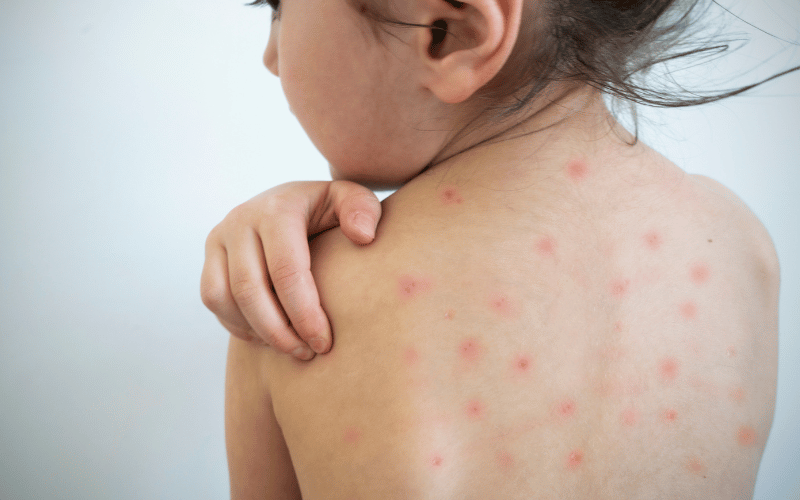6. The Chickenpox Connection: A Childhood Illness Returns

Most of us recall chickenpox as a rite of passage during childhood, marked by itchy blisters and a week off school. Yet, many don’t realize that the same virus causing those childhood spots is responsible for shingles in adulthood. Once the itchy ordeal of chickenpox is over, the varicella-zoster virus doesn’t leave the body. Instead, it retreats, lying dormant in nerve cells.
Over the years, the immune system keeps this virus in check, preventing it from causing any more havoc. But as time marches on and our immune defenses weaken or face significant stressors, the virus can reawaken. When it does, it travels along nerve fibers, causing the signature pain and rash of shingles.
This connection underscores the importance of the childhood chickenpox vaccine. Those vaccinated against chickenpox may have a reduced risk of developing shingles later in life. Not only does the vaccine prevent the initial chickenpox infection, but it also reduces the reservoir of the virus in the body.
However, it’s crucial to understand that having had chickenpox doesn’t guarantee you’ll get shingles. Many people go their entire lives without facing this painful encore. Yet, for those who do experience shingles, understanding its roots in a childhood illness can be both surprising and enlightening. (6)